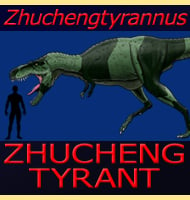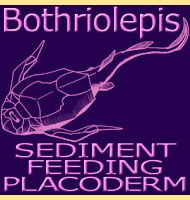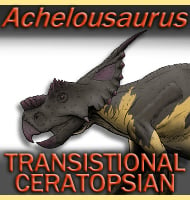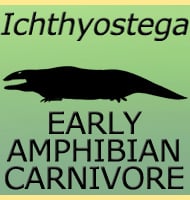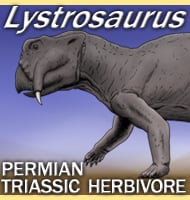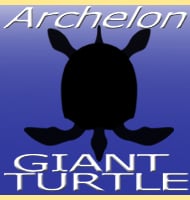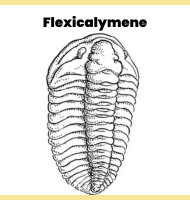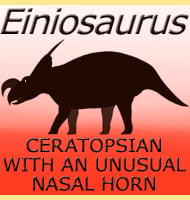In Depth
Pholiderpeton was a genus of semi aquatic reptiliomorph that lived in England during the Carboniferous period. However, in recent time there has been speculation that Pholiderpeton and another well-known genus named Eogyrinus may actually represent the same genus of animal. If this is true then the first genus to be named would take priority, and in this case that you be Pholiderpeton, since it was named thirty years before Eogyrinus. This might also call for a change to the family name the Eogyrinidae, since you usually can’t call a family group of animals after a genus that no longer exists.
As an actual animal, Pholiderpeton had a proportionately long and narrow body with greatly reduced limbs. This body form meant that Pholiderpeton could easily navigate through the clogged swamps and water systems as it hunted for other vertebrates such as fish and amphibians.
Further Reading
- Pholiderpeton scutigerum Huxley, an amphibian from the Yorkshire Coal Measures. - Philosophical Transactions of the Royal Society of London, Series B 318(1188): 1-107. - Jennifer A. Clack - 1987.

